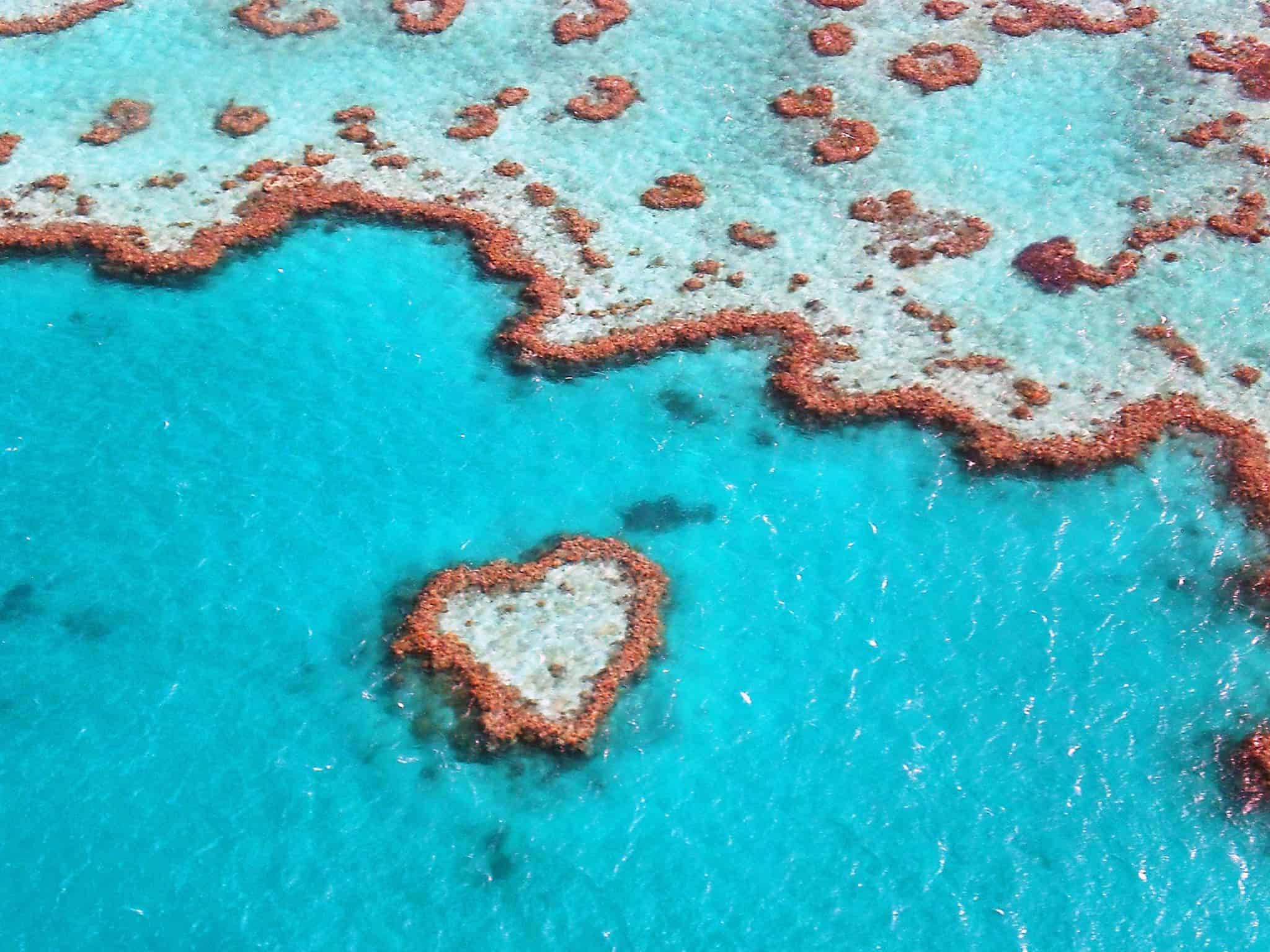Queensland (QLD)
QLD is often nicknamed the Sunshine State as it is famous for its weather, beaches and theme parks. Brisbane is the capital city and is the third most populated in Australia.
The Great Barrier Reef is the largest coral reef system in the world, stretching out over 2500 kilometres. It has been listed as a World Heritage Site and has been labelled one of the 7 natural wonders of the world.
New South Wales (NSW)
The only Theme Park in Sydney is Luna Park; it was first opened in 1935 and is located in Milsons Point, on the Northern Shore of Sydney Harbour. It is opened all year long and has 14 rides. It is free to enter and explore Luna Park with the option of paying for rides once you are inside. It has stunning views and at night the whole park lights up.
The Powerhouse Museum and the Sydney Observatory are both managed by the major branch of the Museum of Applied Arts and Sciences in Sydney. The Museum is located in the inner west city of Ultimo and the Observatory is found in The Rocks.
Taronga Zoo is one of the largest zoos in the world with over 340 different species of animals spread over 21 hectares. The zoo is divided into geographic regions to make it easier to navigate around. There is a cable car ride that takes you from one side of the zoo to the other. The zoo is located on the shores of Sydney Harbour, in the suburb of Mosman. The zoo has a ferry service that allows visitors to take in the great views of the harbour while travelling to or from the zoo. Alternatively, you can also catch a public bus to the zoo.
Western Australia (WA)
Victoria (VIC)
Luna Park is one of two Luna Parks in Australia, the second is in Sydney. The park was established in 1912 and is located in St. Kilda. It has 16 rides including the Scenic Railway, the longest running roller coaster in the world.
South Australia (SA)
Adelaide is the capital city of South Australia. With its laid back atmosphere, Adelaide is a popular destination for people who just want to get away from it all and just relax.
Dolphin watching on a cruise is also possible at Glenelg, a popular beach only 20 minutes away from the capital city.
Northern Territory (NT)
Kakadu National Park is about 170 kilometres southeast of Darwin. It covers almost 2,000,000 hectares, has many unique landforms and aboriginal art sites.
Uluru-Kata Tjuta National Park is World Heritage Listed and is located around 1400 kilometres south of Darwin.
Australian Capital Territory (ACT)
Parliament House and High Court of Australia are both located in Canberra but the city also has landmarks with social and cultural significance such as the National Gallery of Australia, the National Library of Australia, the National Museum of Australia and the Australian War Memorial. Canberra has hot, dry summers and cold, foggy winters. The ACT has a high student population as Australian National University (ANU) and Canberra University are located in the territory.
Tasmania (TAS)
Tasmania is both an island and a state of Australia. It is separated from the rest of the country by the Bass Strait. The state capital is Hobart. Hobart is the destination for the famous Sydney to Hobart Yacht Race which is held every year on Boxing Day. The distance of the race is over 1000 kilometres. Continuing on with this adventure streak, Tasmania is a popular place to go abseiling, hang gliding, kayaking and whitewater rafting down the river Franklin, just to name a few.
Tasmania has a very unspoiled natural environment with many national parks, many of which are listed as World Heritage Sites.
Different Regions of Australia
Australia's tropical regions
The tropical regions of Australia are in the north of the country. They include the central and northern parts of the Northern Territory and Queensland, and the northern parts of Western Australia. The weather in the Australian tropics has two very different seasons: the wet season and the dry season.
The wet season lasts about six months in summer and spring, between December and March. It is hotter than the dry season, with temperatures between 30 and 50 degrees Celsius. This is because of the high humidity during the wet, which is caused by large amounts of water in the air. During the wet there is a lot of rain, which frequently causes flooding.
The dry season lasts about six months in autumn and winter, usually between May and October. Temperatures are lower and the skies are generally clearer during the dry. The average temperature is around 20 degrees Celsius.
The 'build up' is the humid time of year between the wet and dry seasons. It usually lasts for three or four months. Things become quite tense during the 'build up' as people sit and swelter in the humidity while waiting and hoping for the first rains to come. The humidity continues day and night with no respite, so when the rains finally do come everyone enjoys their cooling relief.
Australia's dry regions
Trees shaped by the weather along a track near Margaret River crossing, c1920. Image courtesy of National Library of Australia: an24431083.
The driest regions of Australia are found mostly in central Australia, stretching from most of central and southern Western Australia, through the southern parts of the Northern Territory and most of South Australia, to the far west regions of Queensland and New South Wales, and the north-western parts of Victoria.
The dry and desert regions of Australia are characterised by intense heat during the day and intense cold at night. Temperatures range from around 40 degrees celsius in the summer to between 16 and 24 degrees celsius in the winter. At night the temperature can vary from 19 degrees Celsius to zero degrees Celsius These areas receive little rainfall. Most of central Australia is normally in a state of drought.
Australia's temperate regions
The temperate areas of Australia are found on the south-eastern coast, reaching south from Tasmania through most of Victoria and New South Wales into the southern parts of Queensland. Temperate regions are also found in the southern most parts of South Australia and the south-western tip of Western Australia.
The weather in temperate Australia is quite changeable throughout the year, with an average temperature of around 30 degrees Celsius in the summer, and cool to cold winters with an average temperature of around 15 degrees Celsius. The summer frequently extends into periods of heat wave and drought, while the winters, while usually cold, wet and windy, are quite mild in comparison to winters in many European countries.
Snow is uncommon in temperate Australia, and unheard of in the dry and tropical regions, but along the Great Dividing Range, the mountain range that passes through New South Wales and Victoria, there are regular winter snowfalls.


